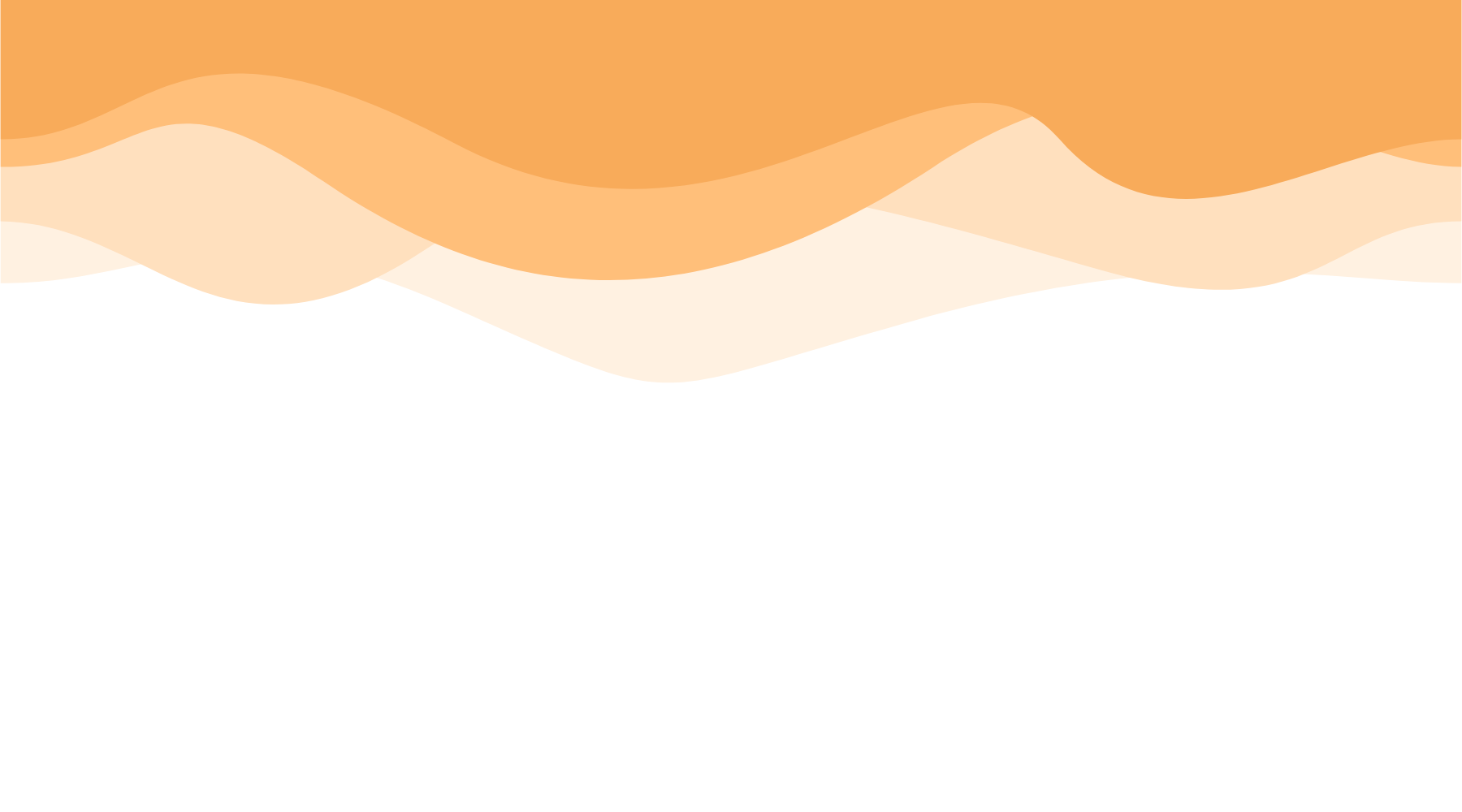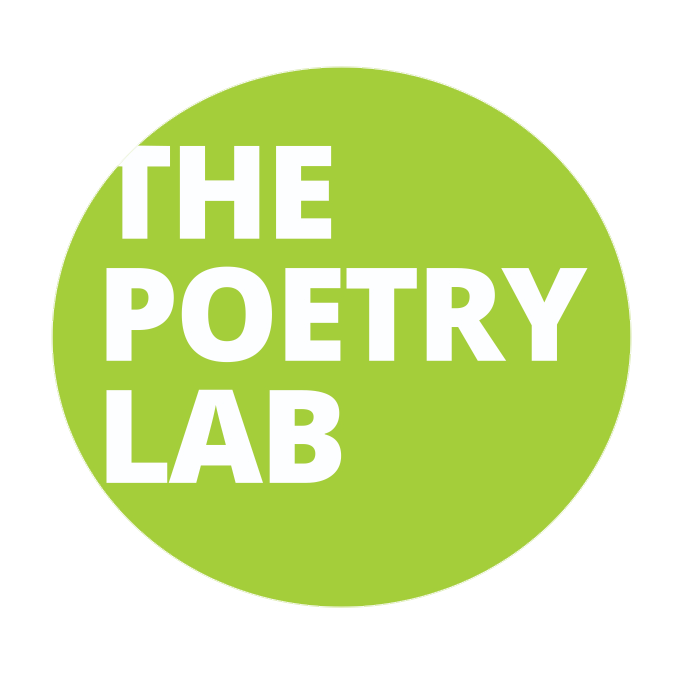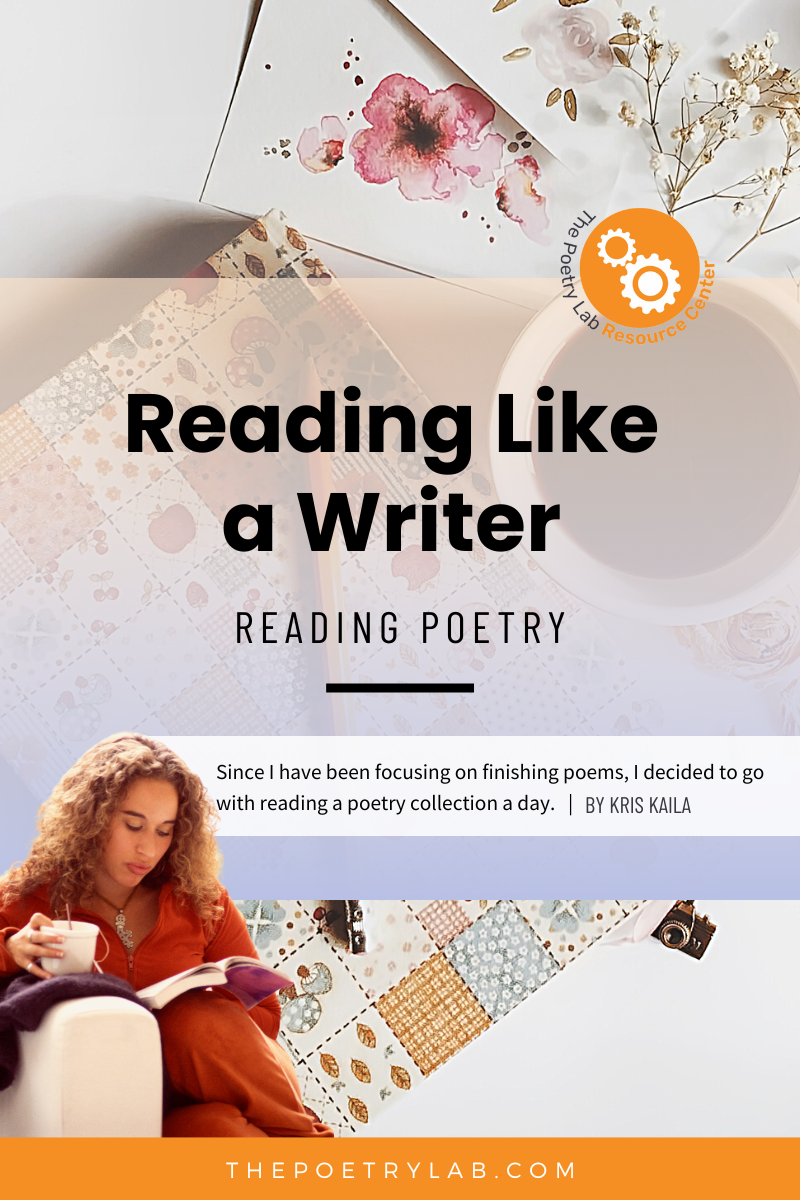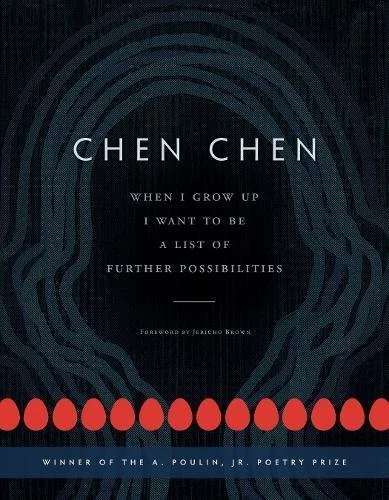
Reading Like a Writer
READING POETRY
A National Poetry Month Challenge
KRIS KAILATo say I was excited about Poetry Month for April, might be a slight understatement. For some reason, it was never really on my radar before last winter. I knew I wanted to go big for my first challenge, but also be chill about it. Since I have been focusing on finishing poems, I decided I would go with reading a poetry collection a day, versus writing a poem a day. I’ve always read poetry, but rarely collections, and never for craft. They say to be a writer you have to read, and let’s be honest, I’ve never needed any nudges for reading. Did I mention I also review books for Publishers, and have an average of 300 hundred books a year? Procrastination and failure are two monkeys I often carry on my back. If I miss a day, I will beat myself up for it and abandon the challenge. So, came up with three steps for a workable game plan:
Step 1
The library. I searched “poetry collection” and decided to filter by newer poets. I put holds on anything with a cool cover, quick availability and names that tickled in the back of my brain.
Step 2
I asked myself, what do I consider a “collection”? If I go with an anthology, every 75 pages counts as a day of reading one book. If it’s a shorter collection, it has to have at least 20 pages or 15 poems.
Step 3
If I miss a day, tomorrow still comes and I read another collection. If I read 25 books in 30 days, that will be a win. That would be 25 (or whatever number I actually read) more poetry books than I read before. Rules in place, I was ready on April 1st.
A while ago, I put a hold on a children’s picture book of Langston Hughes’s poetry (Poetry for Young People: Langston Hughes, edited by David Roessel and Arnold Rampersad). I love picture books as a lot of them seem similar to poetry in their writing, and the artwork is usually fabulous. I could not have planned a better book to start with if I had actually planned it. Since the target audience is for kids and their parents, the book not only has poems but a brief analysis of each one as well.
My next collection of works (from poets such as Warsan Shire, Rita Dove, Fiona Tinwei Lam and Dr. Martina McBride) would set a theme for the month: women and/or queer contemporary poets. This is the kind of poetry I write and want to publish, so what better way to work on craft than to read works that incite passion in my own voice?

Elements of Craft I Look for When I Read as a Writer
White space, enjambment and line breaks have been something I have been exploring a lot of lately. I have always written poetry in blocks, and short lines. I did not take in account the reason I was making a line break, or that I could space words out more. As I read each poet’s collection, I studied what they were doing to find some inspiration.
My top three favourite collections of this challenge were:
The Tradition by Jericho Brown
(2019, Copper Canyon Press)
I had read one of Brown’s Duplex poems, not knowing this was a form that he had invented, and loved it. So, I was Christmas-morning-excited to learn more about the form that combines sonnet, ghazal and blues.
Black Queer Hoe by Britteney Black Rose Kapri
(2018, Haymarket Books)
Daaaaaaamn, this collection is a series of fire emojis. Kapri’s poetry is raw with brutal honesty of being Black, Queer and a Woman. I read this book out loud, not doing it justice, but demanding each word be heard and read by me.
When I Grow Up I Want to be a List of Further Possibilities by Chen Chen
(2017, BOA Editions)
Ooof, this collection of poetry is one that comforted my insecurities. Chen Chen writes relatable emotions. Even when you haven’t gone through something he is writing about, you can understand all the emotions behind it. For me, the best poetry is when I can be in it.
On May 1st, when I looked back at my month, I had read 25 collections in 30 days. I had met my challenge. I actually read 25 books in 25 days. The last five days, I had to prioritize my mental health and be kind to myself. I am proud I tried and completed the challenge while honouring my limits. Out of the 25 books I read, I only rated one as 3 stars. The rest were 4 to 5 stars, and many I will reread again. Speaking of rereading, I enjoyed Margaret Atwood’s morning in the burned house as much as I did when I first read it back in my twenties.
After this challenge, having enjoyed the collections as much as I did, I have decided to start a new challenge in the summer. I will be joining the Sealey Challenge in August, which is named after Nicole Sealey who started this challenge in 2016. The Sealey Challenge is reading a book a day. If you want to see other poetry collections I read for the 30/30 challenge, or ones I am currently reading or will be reading for the summer, you can follow me on IG @krisesque_life.
What is National Poetry Month? 🤔
“Launched by the Academy of American Poets in April 1996, National Poetry Month reminds the public that poets have an integral role to play in our culture and that poetry matters. Over the years, it has become the largest literary celebration in the world, with tens of millions of readers, students, K–12 teachers, librarians, booksellers, literary events curators, publishers, families, and—of course—poets, marking poetry's important place in our lives.” - Academy of American Poets
This article was published on May 25, 2022. Written by:






